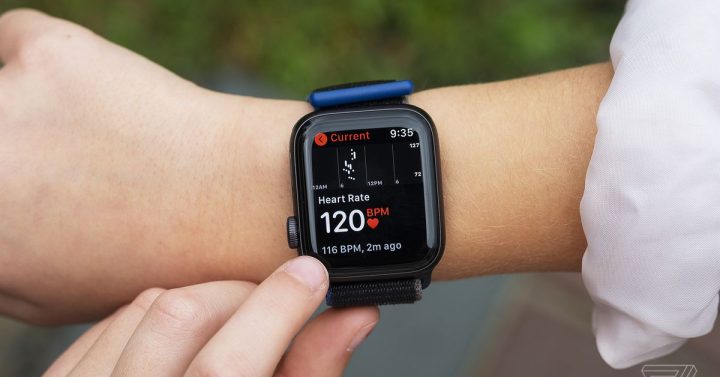
Technology has become an indispensable tool in the fight against drug abuse, offering innovative solutions across prevention, treatment, and recovery. Its role spans various facets, including data analysis, treatment delivery, education, and monitoring, creating a multifaceted approach to addressing this pervasive issue.
Data Analysis and Predictive Analytics
One of the most impactful uses of technology in combating drug abuse is data analysis and predictive analytics. Health organizations and governments can analyse large datasets to identify patterns and trends in drug use. For instance, predictive analytics can help identify at-risk populations by analysing factors such as socio-economic conditions, prescription patterns, and historical data. This enables early intervention and resource allocation to areas where they are most needed. Advanced algorithms can predict potential drug abuse hotspots and episodes, allowing for proactive measures rather than reactive responses.

Predictive Analytics
Telemedicine and Online Therapy
The advent of telemedicine has revolutionised access to treatment for those struggling with drug abuse. Remote consultations via video calls enable individuals in underserved or rural areas to receive expert advice and therapy without the need for travel. This is particularly beneficial for patients who might not have the means or the will to attend in-person sessions. Online therapy platforms also provide anonymity, reducing the stigma often associated with seeking help for drug abuse. Furthermore, digital platforms can offer round-the-clock support through chatbots and AI-driven counselling, ensuring that help is available whenever it is needed.

Online Therapy helps immensely for people with drug addiction
Mobile Applications and Wearable Technology
Mobile applications designed for addiction recovery offer tools for tracking progress, managing triggers, and connecting with support networks. Apps like Rehabs.com provide social networks for individuals in recovery, fostering a sense of community and shared experiences. These platforms often include features like mood tracking, journaling, and access to virtual meetings.
Wearable technology, such as smartwatches and fitness trackers, can monitor physiological signs of relapse. For example, wearables can track heart rate variability and sleep patterns, providing early warning signs of stress or potential relapse. This real-time data can be shared with healthcare providers, allowing for timely interventions.

Smartwatches can measure your heart rate
Educational Campaigns and Social Media
Technology facilitates widespread educational campaigns about the dangers of drug abuse and the benefits of treatment. Social media platforms, websites, and apps can disseminate information quickly and widely, reaching diverse audiences. Interactive online platforms can engage users with quizzes, videos, and testimonials, making the learning process more engaging and impactful.
Additionally, social media can be used to create supportive communities. Hashtags like #RecoveryIsPossible and #EndOverdose foster a sense of solidarity and provide a platform for individuals to share their recovery stories and support one another. Influencers and public figures can also use these platforms to advocate for drug abuse prevention and recovery, amplifying the message.

Visual of #RecoveryIsPossible
Prescription Monitoring Programs
Prescription drug monitoring programs (PDMPs) are state-run electronic databases that track prescriptions of controlled substances. These programs help to prevent the misuse of prescription medications by identifying suspicious prescribing and dispensing patterns. Healthcare providers can access these databases to ensure patients are not “doctor shopping” or receiving excessive amounts of certain medications. This technology not only aids in preventing abuse but also in ensuring that patients who genuinely need medication are receiving it appropriately.

Prescription Monitoring Program
Virtual Reality (VR) and Gamification
VR is emerging as a therapeutic tool in treating drug addiction. VR can create immersive environments that simulate real-life scenarios, helping patients confront and manage triggers in a controlled setting. This exposure therapy can be crucial in developing coping strategies without the risk of actual exposure.
Gamification, the application of game-design elements in non-game contexts, is also used in addiction treatment. Apps and programs that incorporate gamification can make the recovery process more engaging. Users might earn rewards for meeting certain milestones, creating a motivating and interactive treatment experience.

VR is used as therapy for de-addiction.
The integration of technology in combating drug abuse offers a friendly approach to prevention, treatment, and recovery. From data-driven insights to virtual therapy and community support platforms, technology provides innovative solutions that address the multifaceted nature of drug addiction. As technology continues to evolve, its role in the fight against drug abuse will undoubtedly become even more critical, offering hope and support to millions worldwide.
Read more:


